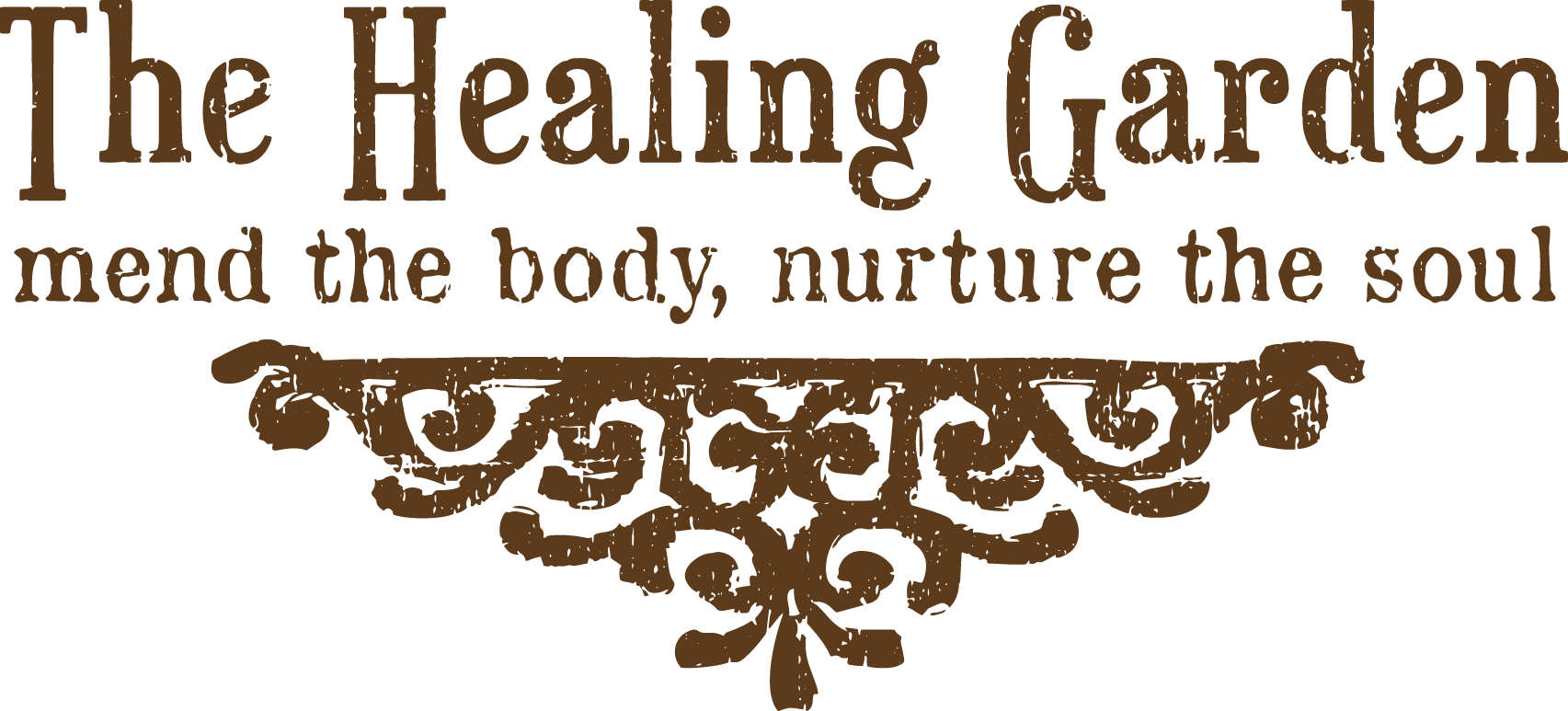What is Acne?
What is Acne?
Acne is a disease that affects the skin’s oil glands or may be defined by; “the occurrence of inflamed or infected oil glands (aka sebaceous glands) in the skin; in particular, a condition characterized by red pimples on the face, prevalent among teenagers”. Acne is the most common skin disease and people of all races and ages get acne but it’s most common in teenagers and young adults. It’s estimated that 80% of ALL people between the ages of 11-30 get some kind of acne outbreaks at some point.
How does acne form?
The pores in your skin are connected to oil glands under the skin, and the glands make an oily substance (sebum) and this sebum carries dead skin cells to the surface of the skin. However, with acneic skin, often times these pores get plugged with the dead skin cells, hair and oil. The bacteria in this pore causes swelling and a pimple forms.
There are many different types of acne but the most common are:
Whiteheads. These are pimples that stay under the surface of the skin. These are usually easily extracted if done properly.
Blackheads. These pimples rise to the skin’s surface and look black. The black color is not from dirt, but because it’s exposed to oxygen.
Papules. These are small pink bumps that can be tender but can’t be extracted.
Pustules. These pimples are red at the bottom and have pus on top.
Nodules. These are large, painful, solid pimples that are deep in the skin.
Cysts. These deep, painful, pus-filled pimples can cause scars. Cystic acne happens when this infection goes deep into your skin, creating a red, tender bump that's full of pus. It may hurt or itch. If a cyst bursts, the infection can spread, causing more breakouts.
Facials are a great way to help with mild to moderate (whiteheads, blackheads, pustules) acne.
Facials will assist in making your skin look and feel better and can indeed reduce the amount of break-outs you have. A good esthetician will ask a lot of questions regarding your cleansing routine, lifestyle, nutrition and the types of products used. The goal is not only to help clear the skin but prevention with treatments, home care suggestions and basic acne education. Getting these treatments done regularly will help keep your pores clear as the four main objectives in an acne facial are the following;
1) Sooth Inflammation
2) Refine texture
3) Clear Congestion
4) Education.
Benefits and frequency.
Often times, cleansing routines and incorrect products are in part, to blame for mild to moderate acne. Education and product choices are imperative to healthy skin. More often than not, we exacerbate the problems rather than minimizing them. Having a professional esthetician examine and assess what is happening with your skin and recommending products that will benefit you is a more cost effective way to find the best products for your skin. Having a facial every 2 weeks will produce the best results, but even monthly will allow you to look and feel your best.
Did you know a facial is not just about cleansing your skin? It is also about thoroughly preparing your skin to accept the correct products used but more importantly, it is getting your skin ready for extractions. Many clients with acne are tempted to pick or pop. In fact, it can be habitual, causing the acne to spread. To achieve healthy, clear skin, it is important to keep your hands away from your face and let your professional esthetician do these extractions. Home extractions can damage your pores and spread bacteria, making the skin worse instead of better—you can break the pore wall inside the skin, pushing bacteria out into the surrounding tissue and spreading the breakout. Your esthetician knows how to clear the clogged pores without spreading infection and inflammation.
First, the esthetician will cleanse your skin and often a de-encrustation fluid or enzyme is applied to the skin with steam for a few minutes, to soften the skin and prepare it for easier extractions. Extractions are performed under a magnifying lamp with a bright light, so that your esthetician can easily see the pores that need to be deep-cleansed. The esthetician wears gloves, and applies gentle pressure around the pore to extract the contents. This can be done using the fingers (wrapped in gauze or cotton) or a special metal implement designed for this purpose.
Following extractions, an antiseptic/antibacterial product is generally applied to bring the skin back to its normal acid pH, and to aid in preventing post-facial breakouts. High frequency current may also be applied to the extraction area to kill bacteria and calm the skin. Often, a soothing mask is applied following extractions to help calm the skin, reduce redness and heal blemishes. A well-trained esthetician knows what blemishes are ready for extraction and how to extract without scarring. Acne isn’t just on your face, often times clients can get it on their chest, shoulders and back – all the same rules apply and your esthetician can assist in those problem areas as well.
Your skin care treatments should ALWAYS be provided by a properly trained professional. Do not hesitate to ask your skin care therapist about their background, training, and experience, especially as it relates to the treatment you are considering.
Back Acne "Facial"
The Back Acne facial begins with a deep cleansing and exfoliation, followed by a gentle steaming to open pores and lift impurities, making extractions easier. The facial for back concludes with a therapeutic mask, relaxing neck, back, and shoulder massage. Glycolic peels and or microdermabrasion can be added to this service to enhance the experience giving the skin a healthy glow.
At the Healing Garden Day spa, we offer a FREE skin care consultations! Book yours today!
Let us help you with your skin care needs. glo Skin Beauty Look Beautiful, Feel Beautiful!

